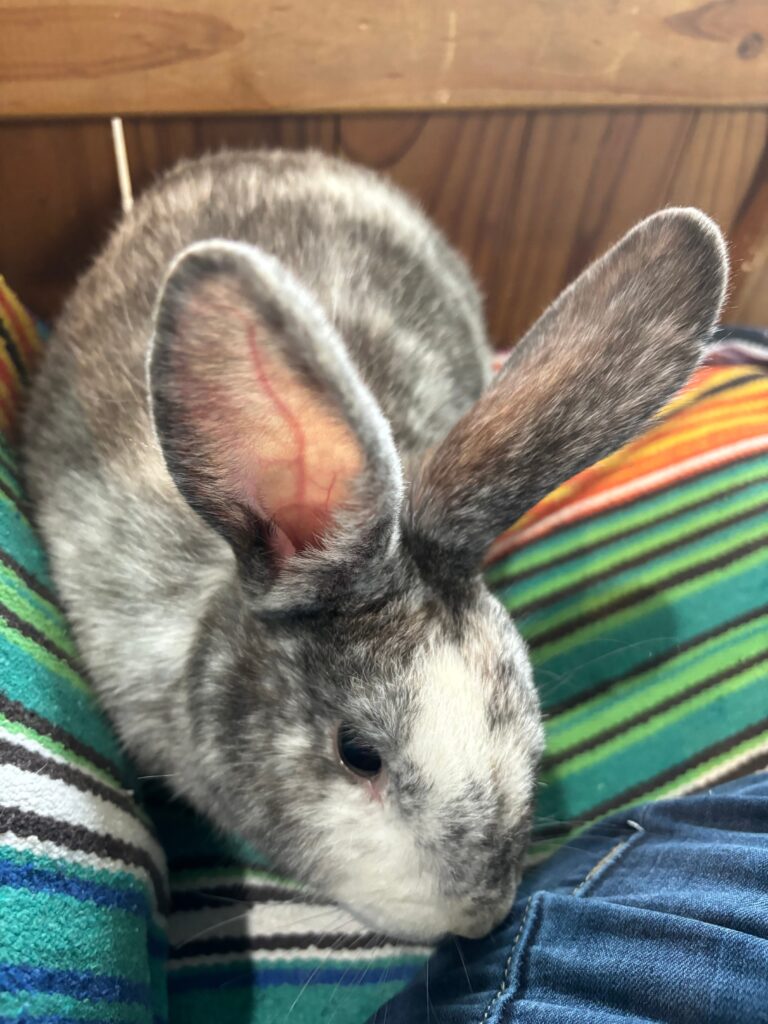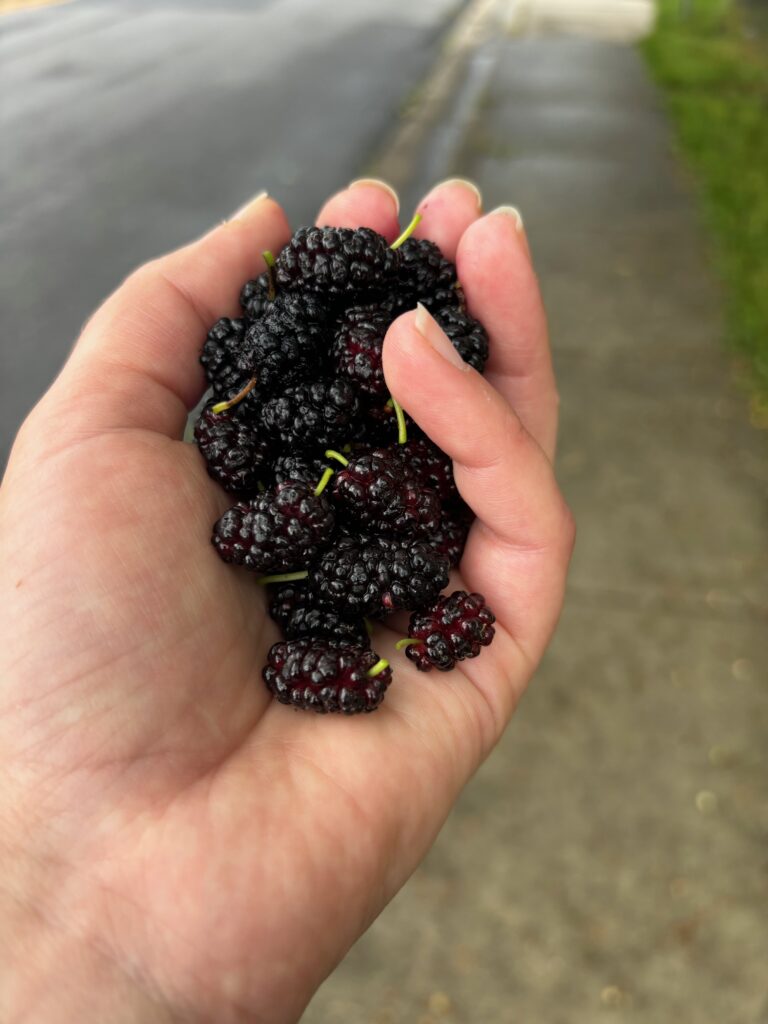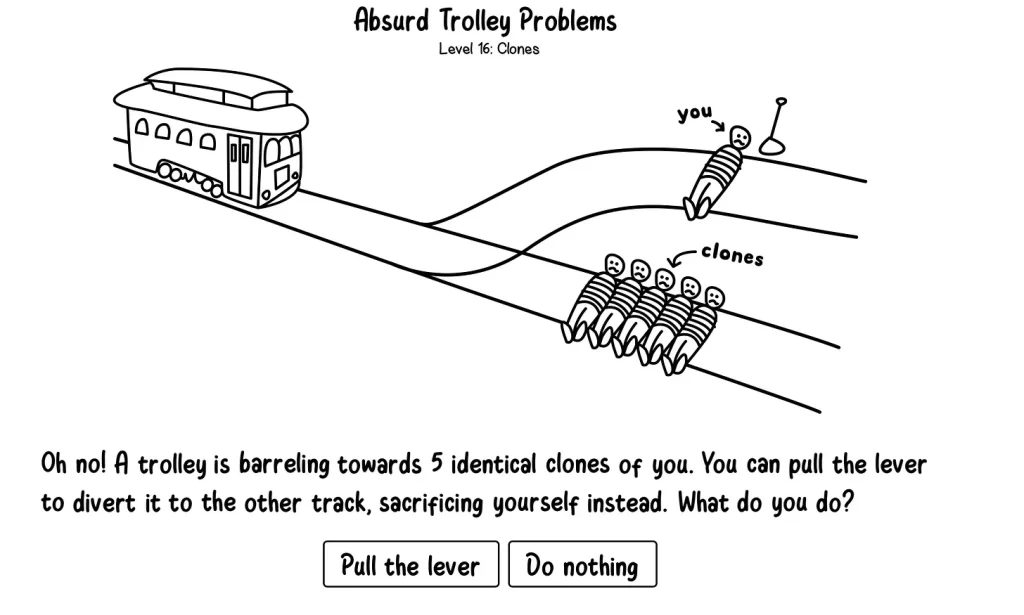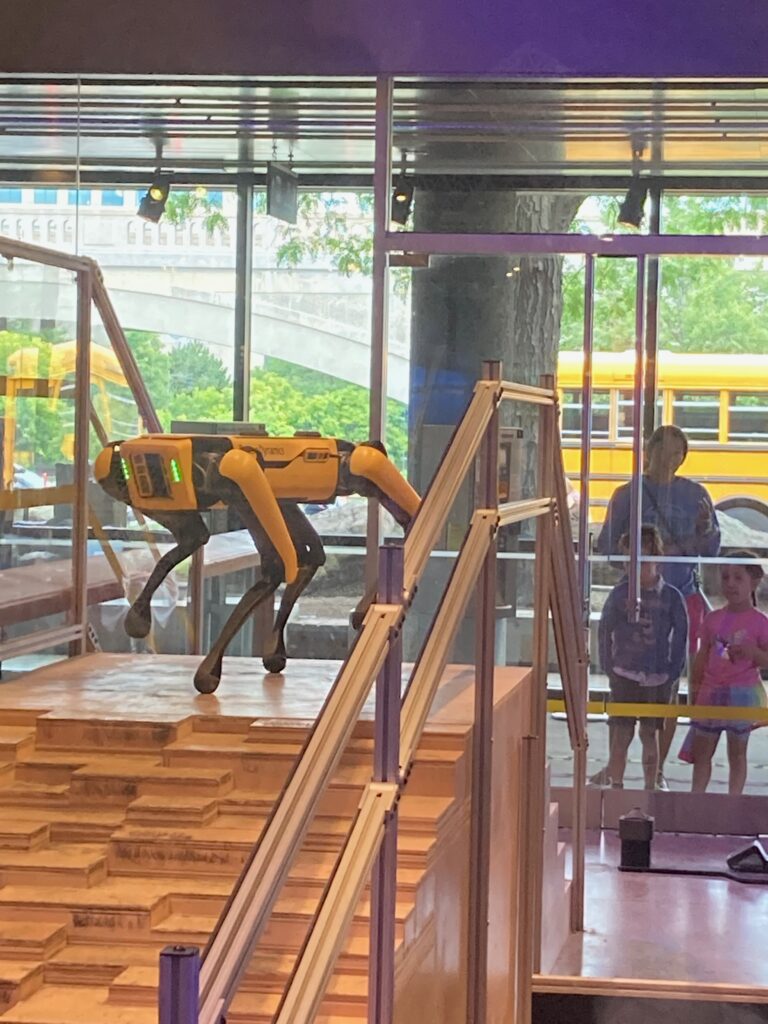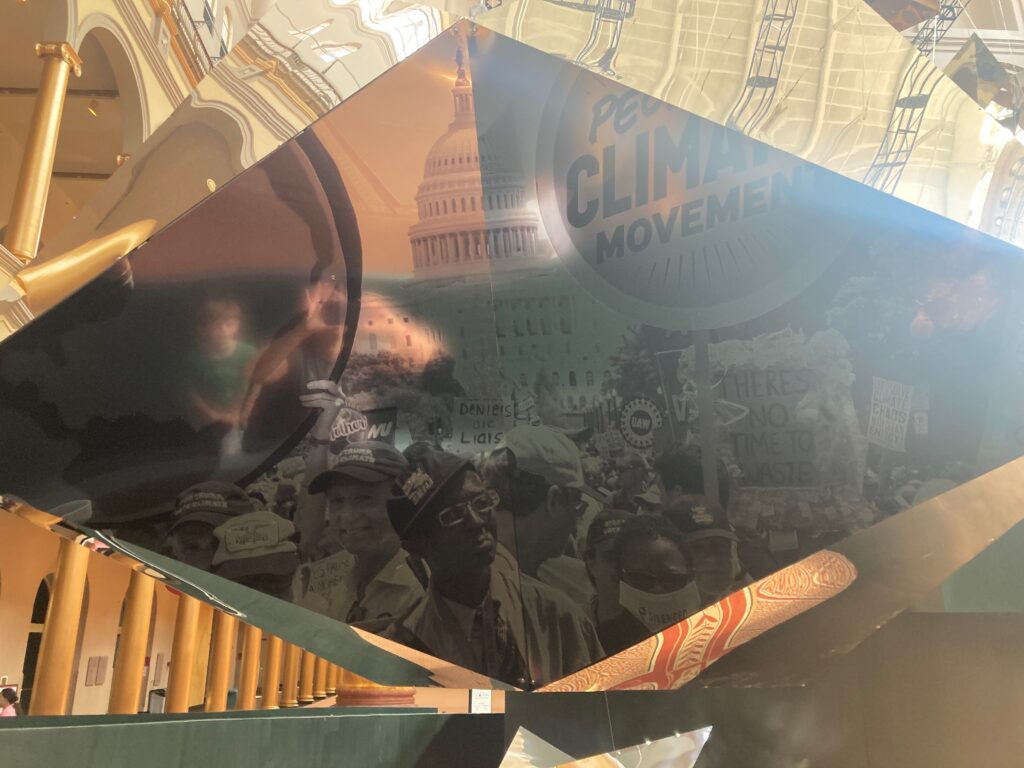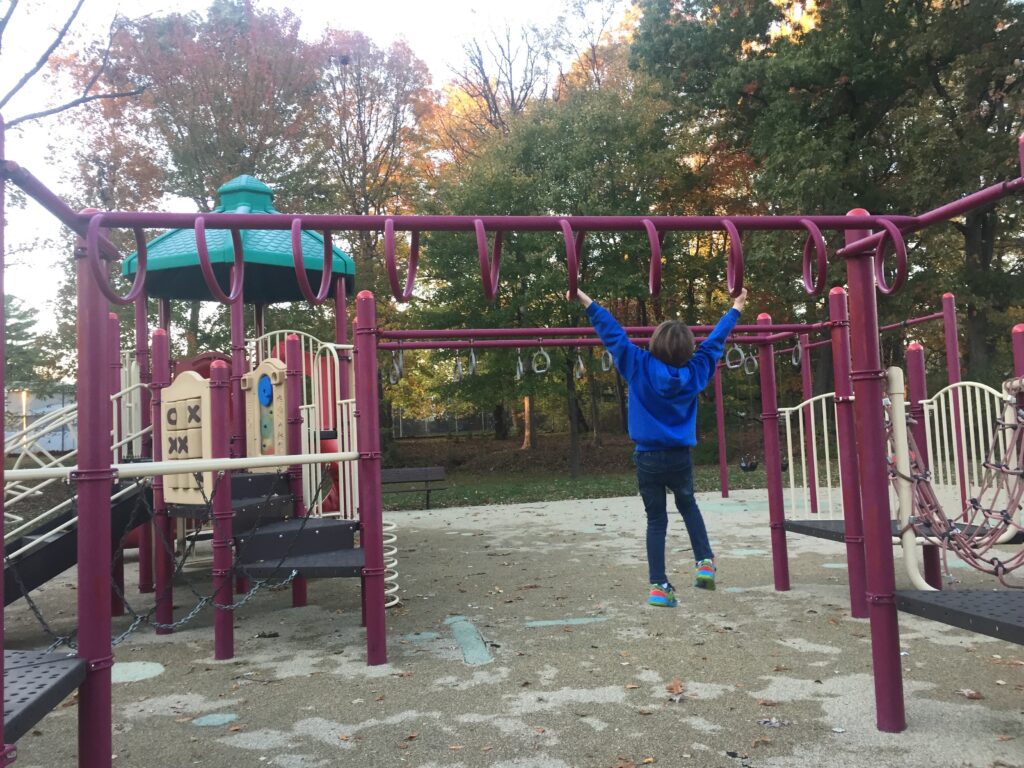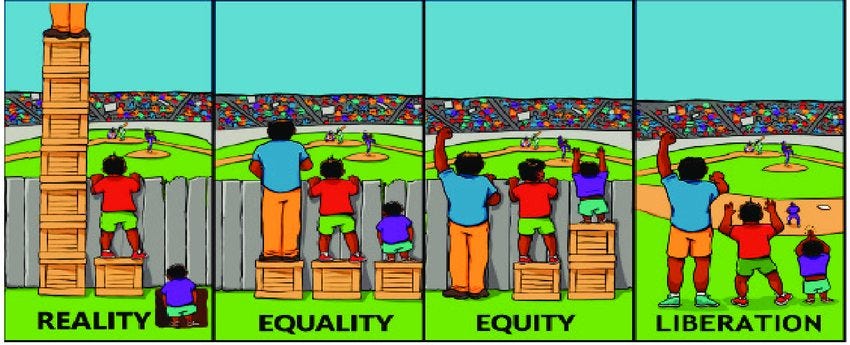
Shivering with my feet hurting, my mouth nevertheless formed a wide smile as I watched the screen. My own hands grasping the sleeves of my coat, I watched Barack Obama hold his hand up as part of his swearing-in as the President of the United States of America. I blinked away tears against the cold wind, knowing that my own work had helped bring our country to this point. I had knocked on doors, talked to potential voters, and built relationships with other volunteers. After witnessing Bush’s legacy through my college years, I had fully bought into Hope and Change. As a new federal employee, I was proud that I helped choose my next boss and the leader of our government. Standing in the dead January grass on the National Mall at the Presidential inauguration – yet still too far away to see what was going on – was the proudest I ever felt as an American.
A little less than eight years later, I sat on my bed weeping. I had gone to bed before the election results had come in, frustrated but still hoping against hope. Upon waking, I learned that Donald Trump had been elected president. I feared for my job, my friends in less privileged positions, and my children’s futures. My younger son was only six months old at the time. I wrote a letter to my children apologizing for our generation failing to stop it and promising them to fight as hard as I could for better things. And I did. But it constantly felt like a failing fight, two steps backward for every half-step forward. It was exhausting and unsustainable.
Continue reading